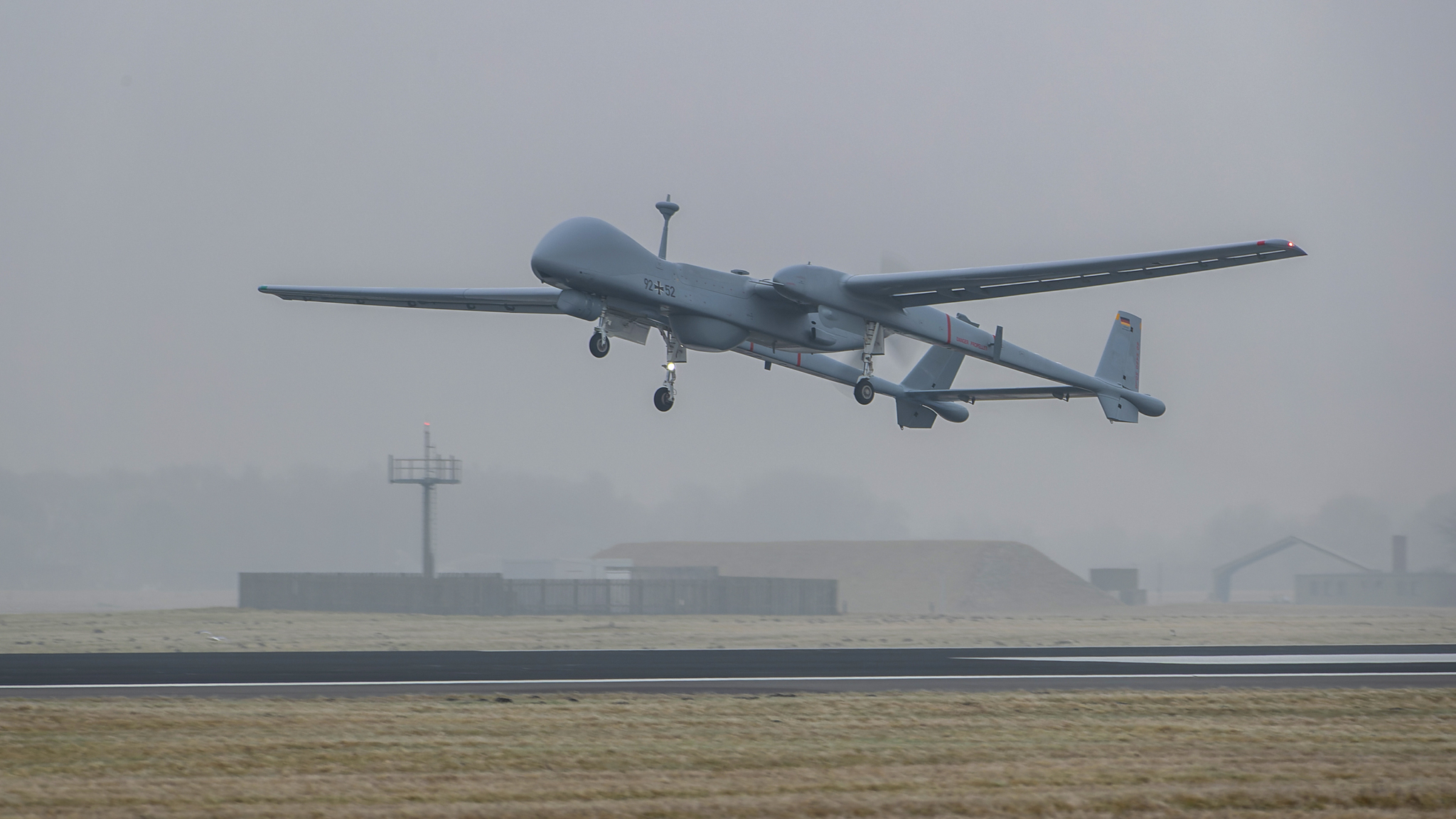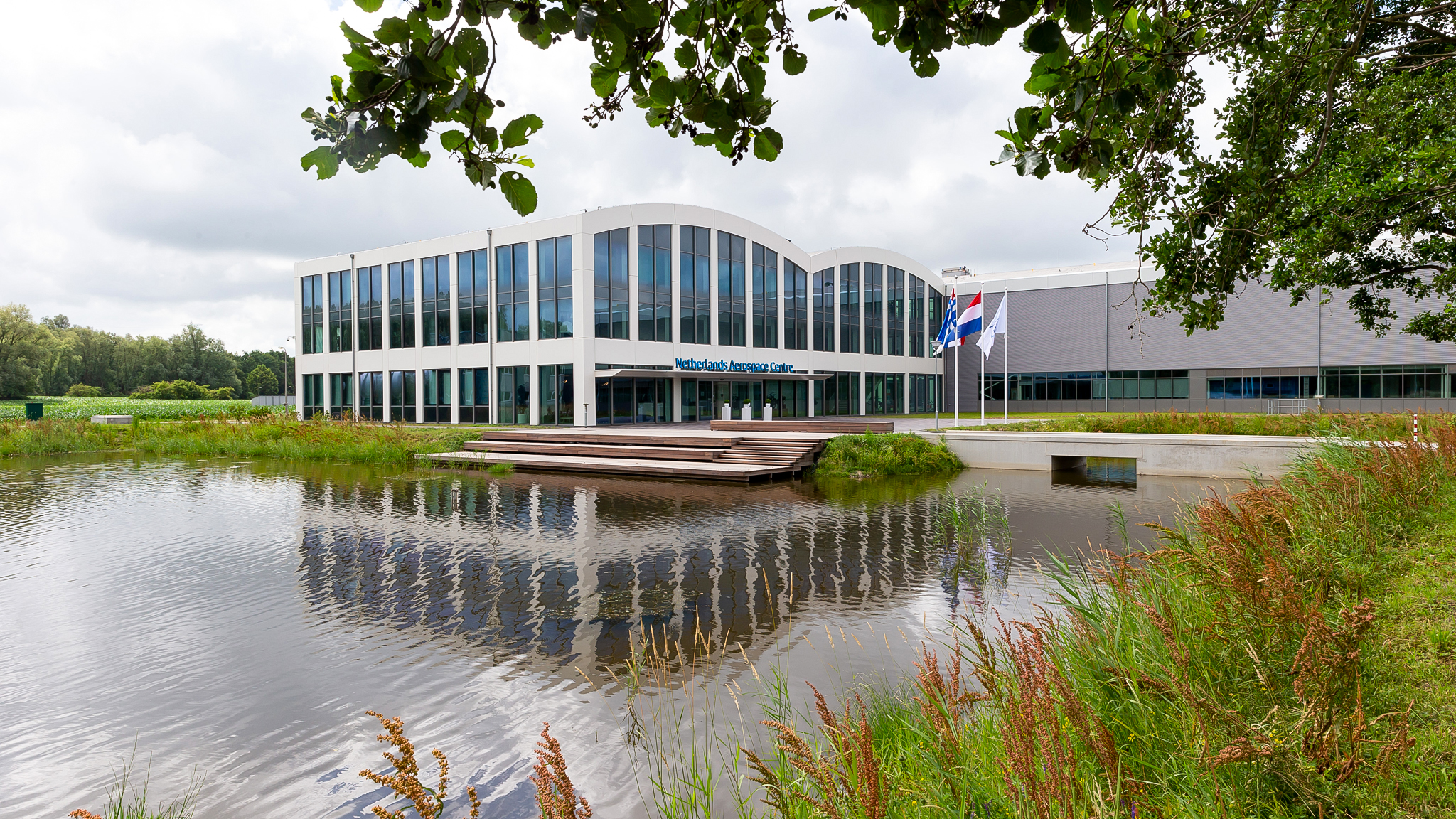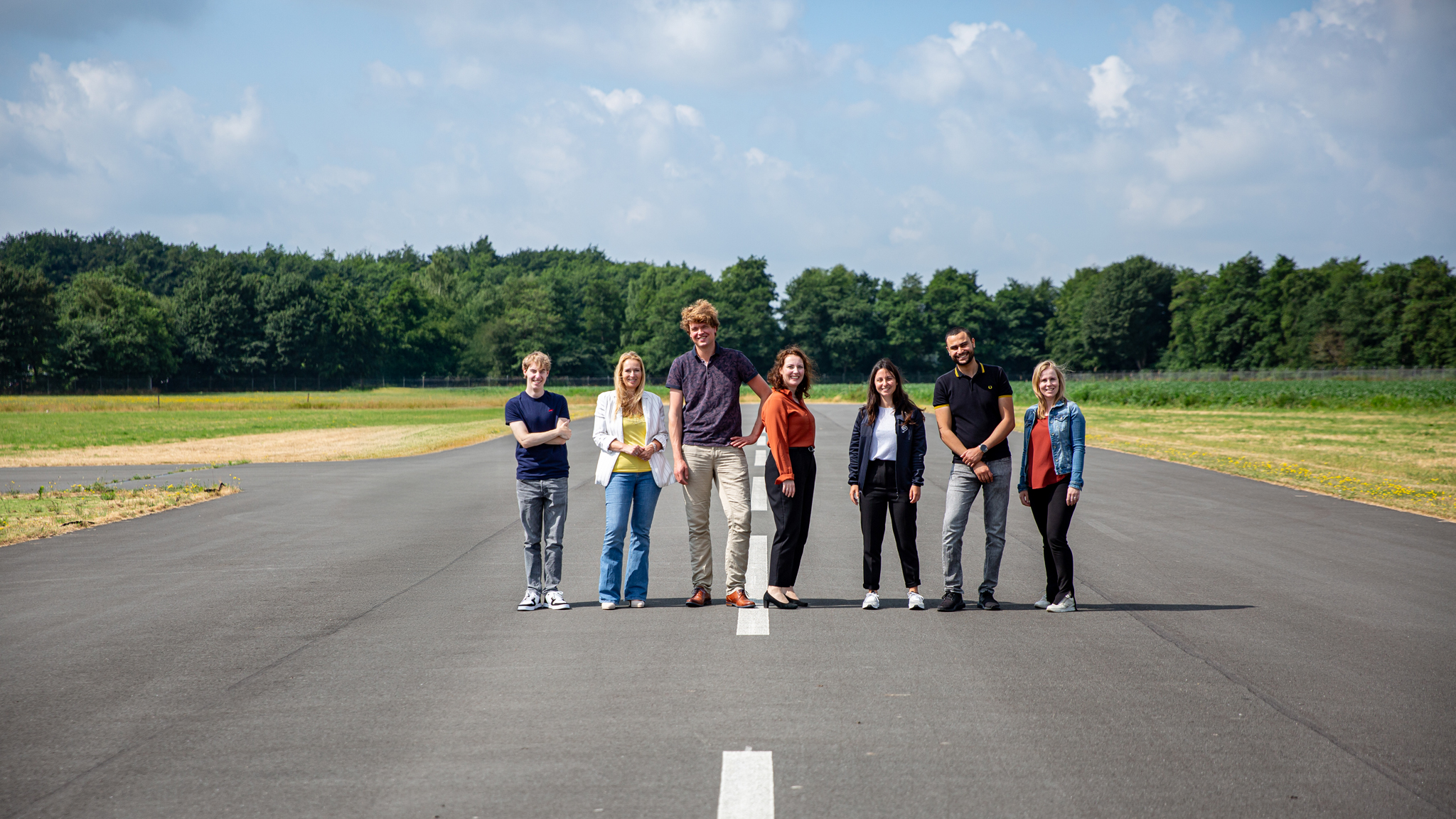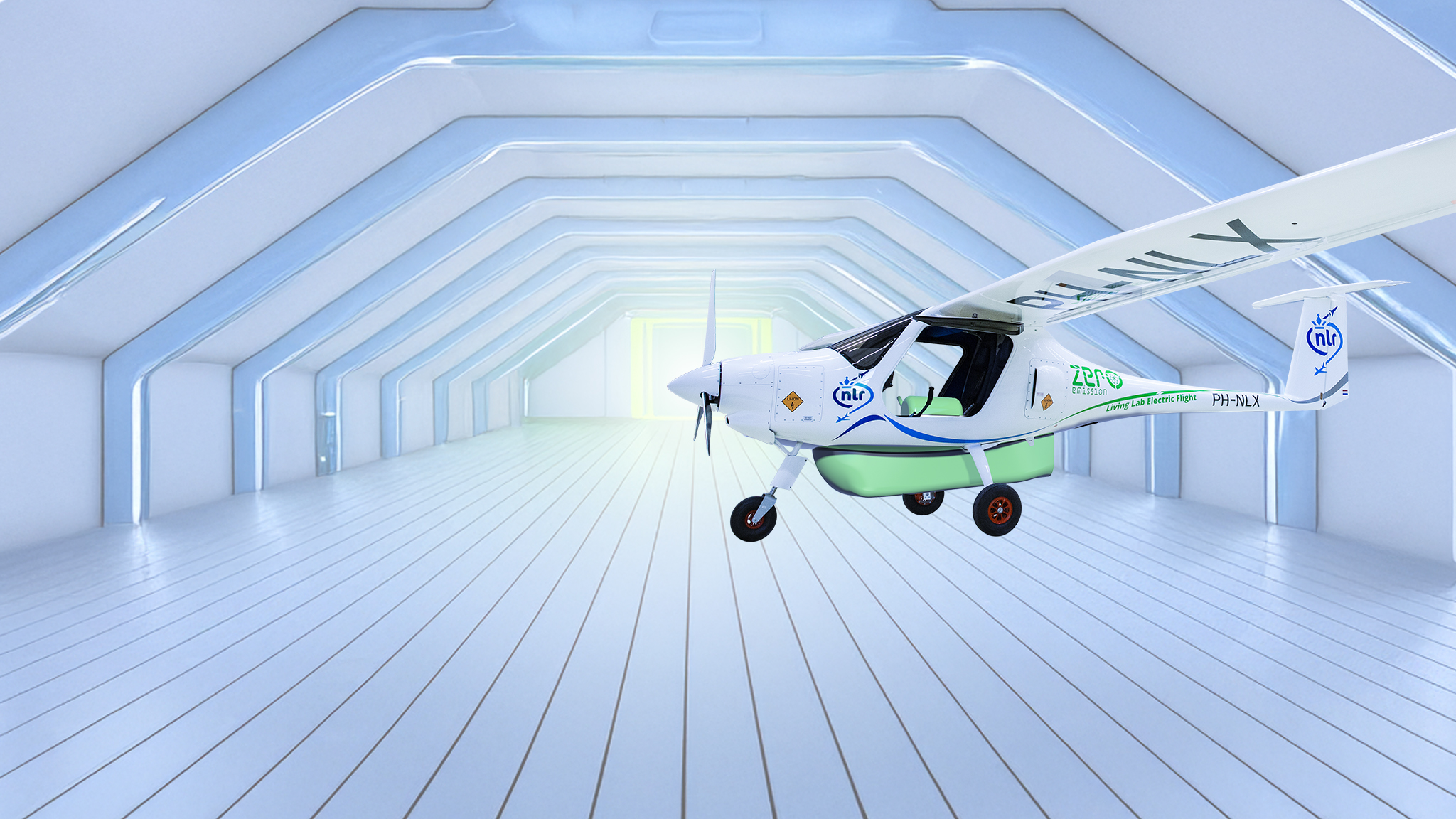A German Heron TP drone of the German Armed Forces (Bundeswehr) has flown from Schleswig in Germany to Leeuwarden in the Netherlands and back again. The flight was the first in Europe to take place in upper airspace. It was conducted as part of a research project by the European Defence Agency (EDA), which aims to help enable remotely-piloted, unmanned aircraft to be guided through shared airspace when required. Alongside the Institute of Flight Guidance at the German Aerospace Center (Deutsche Zentrum für Luft- und Raumfahrt; DLR), which is the primary contractor, participants included the Netherlands Aerospace Centre (Royal NLR) and the German Armed Forces.
The German Heron TP is a large unmanned vehicle belonging to the German Air Force. It has a wingspan of 26 metres and can fly for more than 24 hours. The drone took off from Schleswig and made its initial ascent within military airspace. It was then handed over to German civil lower airspace control, Deutsche Flugsicherung (DFS), and EUROCONTROL Maastricht Upper Area Control Center (MUAC). Upper airspace, where commercial aircraft fly, begins at an altitude of 7,500 metres. During the flight, the drone climbed up to 8,500 metres in MUAC airspace. The route followed the German coastline and into Dutch airspace, reaching Leeuwarden before returning to Schleswig.
Considerations for integrating into civil airspace
As part of the ‘Accommodation and Validation of Medium Altitude Long Endurance Remotely Piloted Aircraft Systems’ (MALE RPAS) project, researchers are also investigating how the integration of uncrewed flights into civil airspace effects overall air traffic. Up until now, empirical data on this has been scarce. It is possible, for example, that changes to air traffic control could be necessary or that drones will require additional capabilities. Project participants have agreed on procedures to minimise the disruption on normal air traffic. One challenge is the difference in speeds between aircraft, as the German Heron TP is slower than other aircraft at this altitude.
Preparing for a safe flight
Before the flight, the project team looked at the differences between crewed and uncrewed aviation, conducted risk analyses and evaluated the capabilities of the drone. On this basis, the air traffic control centres were able to assess the feasibility of a safe flight in civil airspace. Former study flights by EDA were limited to the lower airspace only.
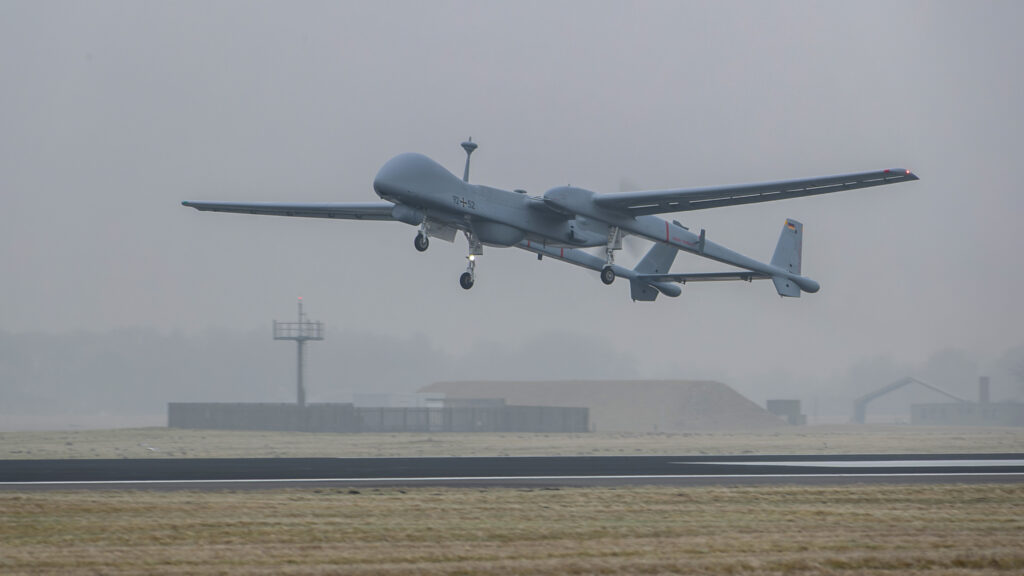
Although the German Heron TP is a military aircraft, the project also considers future civil applications. The results of the project will provide a framework for comparable projects in Europe, highlighting the advantages and challenges of adapting and integrating unmanned platforms and identifying ways to close any safety gaps.
NLR’s role
As part of this project, NLR is focused on convincing Air Navigation Service Providers (ANSPs) that operating an unmanned aircraft is not a deviation from the norm. NLR has developed a Conops (Concept of Operations) with a general safety case that outlines procedures for safe RPAS operation, including scenarios where the command and control (C2) link is lost. The Conops provides a framework for European ANSPs to understand the risks and benefits associated with RPAS operations and to develop strategies for mitigating potential risks.
